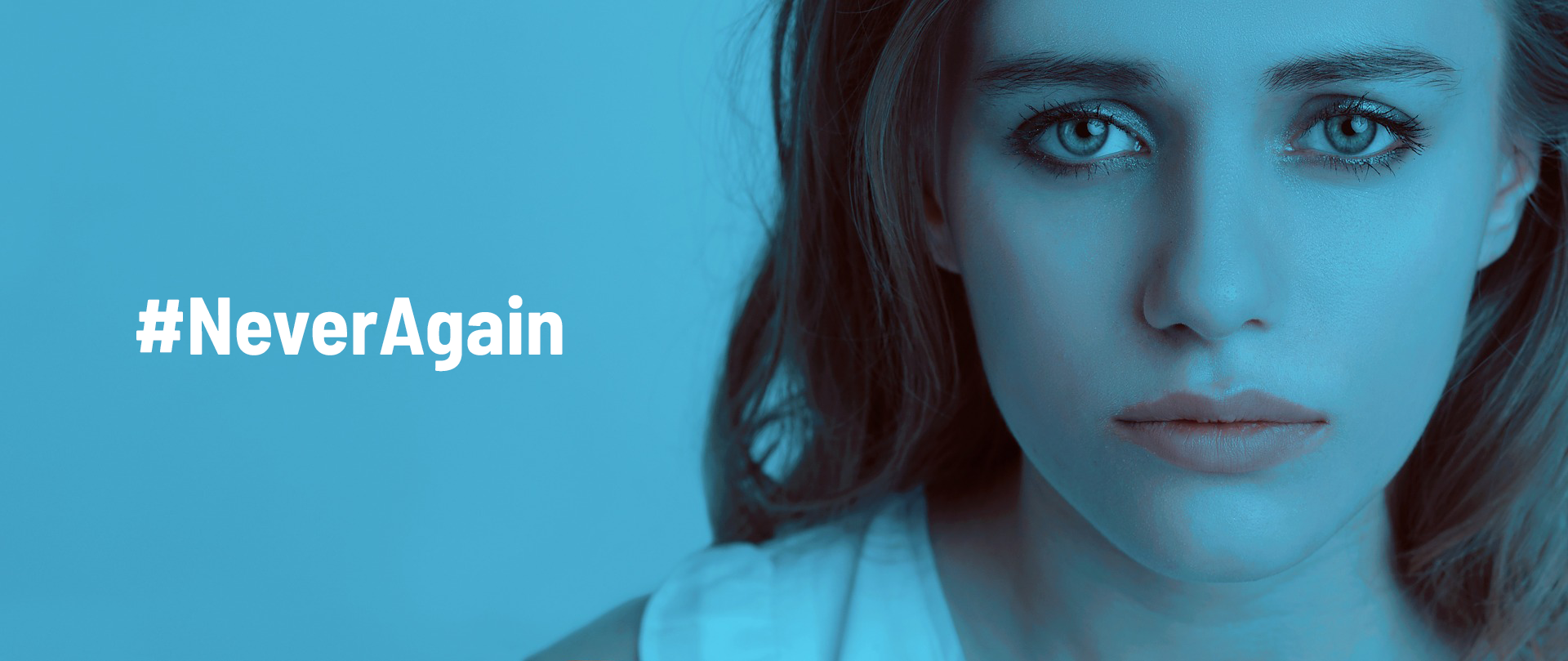Only four days after the school shooting at Marjory Stoneman Douglas High School, in Parkland, Florida, the activist movement that emerged in its aftermath had a name (#NeverAgain), a policy goal (stricter background checks for gun buyers), and a plan for a nationwide protest.
Marjory Stoneman Douglas (MSD) High School students are using Twitter to make their voices heard. Also, they have set up crowdfunding pages to pay for marches and memorials. And they organized a national school walkout day.
The amateur photos and videos posted on Twitter and Snapchat quickly made their way to news organizations, which then wrestled with how to handle graphic and disturbing images. CBS News, for one, aired cell phone video of students taking cover as gunshots ring out.
The #NeverAgain page was launched on Facebook just before midnight on February 15th. The social-media posts led to an invitation from CNN to write an op-ed. And from there, televised interviews during the course of the days.
Others have joined in the social media campaign. You can also help, posting pictures online with signs. Their Facebook page now has over 10,000 likes of its own.
People mocked students who survived the shooting online for standing up to politicians and calling for gun control. And now conspiracy theories are circulating on Facebook and Twitter to try and tear down those same students, calling them “crisis actors” and suggesting they’re puppets for liberal politicians.
The harassment got bad enough that Marco Rubio, the Republican Senator from Florida, had to come out on Twitter in defense of Parkland’s students. The Parkland shooting has created a perfect storm for the social media world we now live in.
Facebook and Twitter have given the students an incredible megaphone to push for stricter gun control regulations. Teenagers who might otherwise be ignored are sending messages that are reaching millions and, in some cases, publicly challenging elected officials in to get something done.
